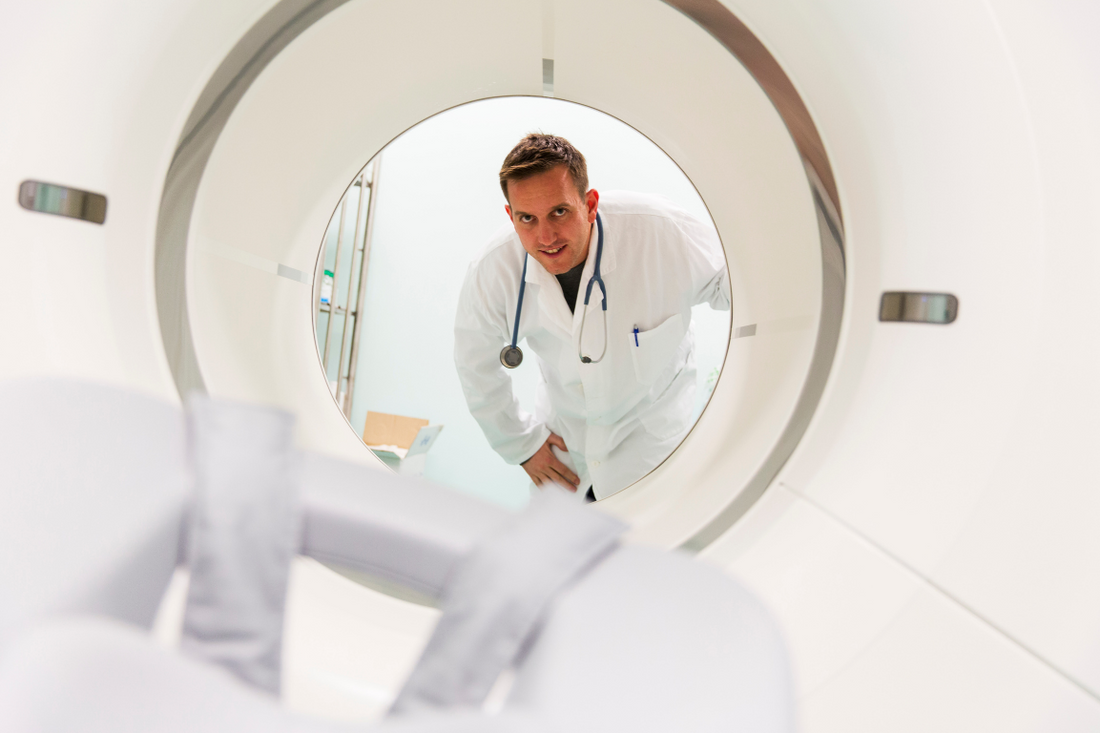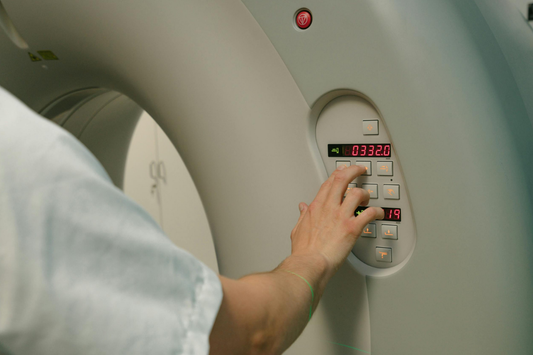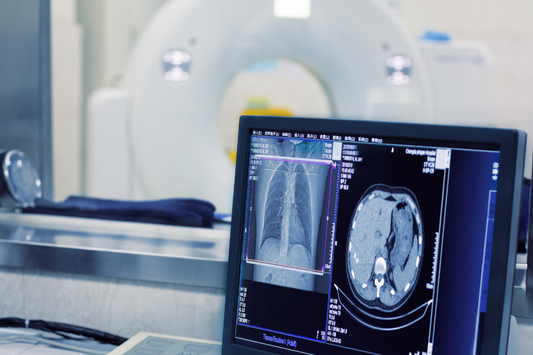
Compromised Imaging: How a Defective BGO Detector Affects PET Scanning
Share
Did you know that the quality of PET scans can significantly hinge on the health of one component? We're talking about the Bismuth Germanate Oxide (BGO) detector. This crucial part of the scanning equipment is responsible for registering gamma rays, which are then transformed into an image you see on the monitor.
Unfortunately, a compromised BGO detector can lead to less accurate imaging, potentially impacting critical diagnoses and treatments. This is why replacing your defective component with a5131624 BGO detector is vital.
Here are some ways a defective BGO detector can affect PET scanning.
Reduction in Image Resolution
A malfunctioning BGO detector can cause a substantial reduction in the image resolution of PET scans. This loss in resolution can make it challenging for medical professionals to see small tumors or lesions, which are crucial for early detection and accurate diagnosis of diseases.
High resolution is vital in PET scans because it allows for detailed imaging, providing comprehensive information about the patient's condition. However, with a compromised BGO detector, these crucial details can be lost or blurred, leading to potential misinterpretations or missed diagnoses.
This is why replacing a defective component with one of our 5131624 BGO detectors is imperative.
Increase in Image Noise
Another significant issue caused by a defective BGO detector is the increased statistical noise within the PET images. Noise is unwanted random signals that can cloud the accurate information in an image. In the context ofPET scans, a higher level of noise can mask the presence of abnormalities, such as tumors or lesions, which are crucial for making accurate diagnoses.
The consequence is that medical professionals might misinterpret the scans, potentially overlooking essential details that could guide treatment decisions. This could result in a less effective treatment plan and even lead to detrimental health outcomes for the patient.
You can reduce image noise by replacing your defective BGO detector.
Extended Scan Duration
A faulty BGO detector can also result in extended scan durations. The PET scanner may need to operate longer than usual to attain sufficient image quality when the detector is compromised. This increases patient discomfort due to the extended time they must remain stationary, resulting in less efficient scanner use.
Longer scan times can be problematic because they can reducethe number of patients scanned within a day, leading to longer waiting times and potentially delayed diagnoses. You can avoid these problems by investing in a high-quality 5131624 BGO detector replacement.
A defective BGO detector may require higher radiation doses or repeated scans to compensate for the poor image quality. This escalation places the patient at an increased risk of radiation exposure and amplifies the overall cost and time invested in the scanning process. This is why you need to replace a defective detector immediately.
Get a Great Deal On a 5131624 BGO Detector!
Is your existing BGO detector causing problems? If so, invest in a 5131624 BGO detector replacement today!



